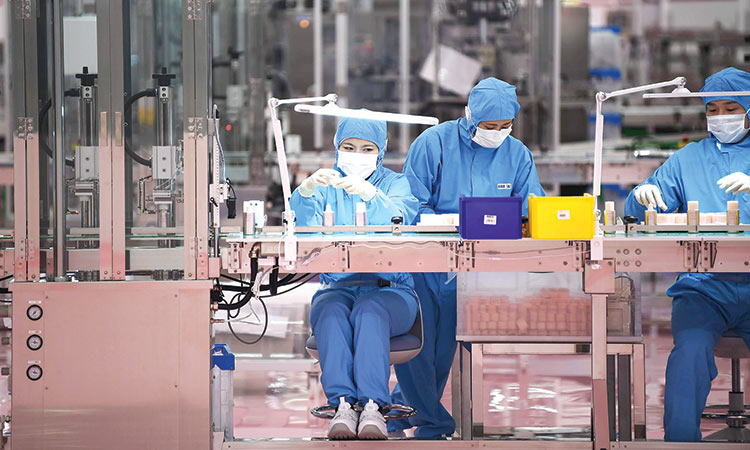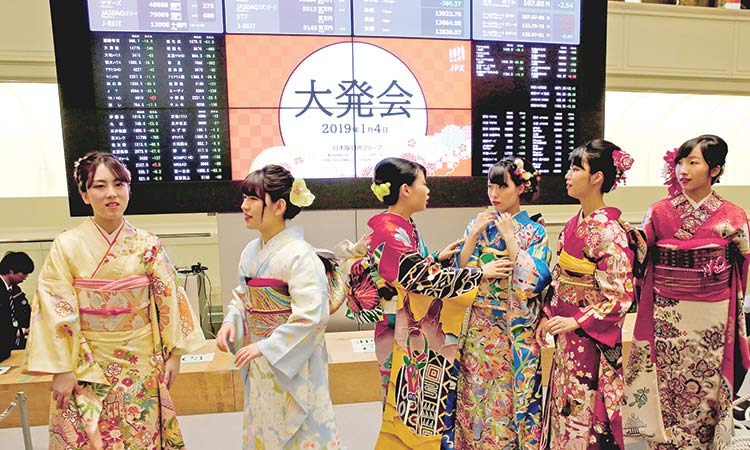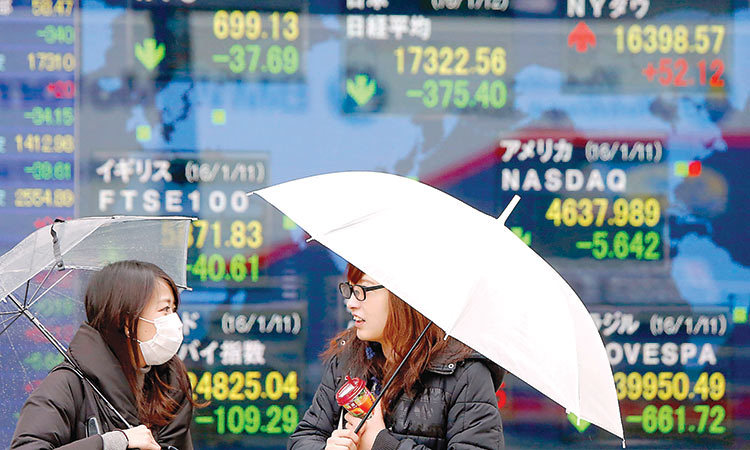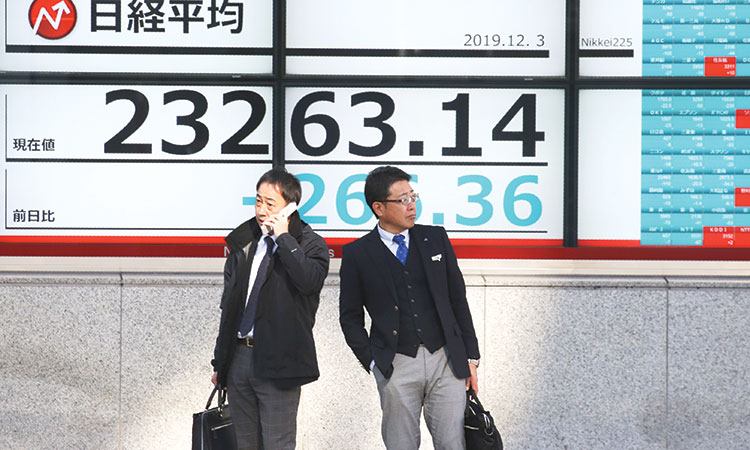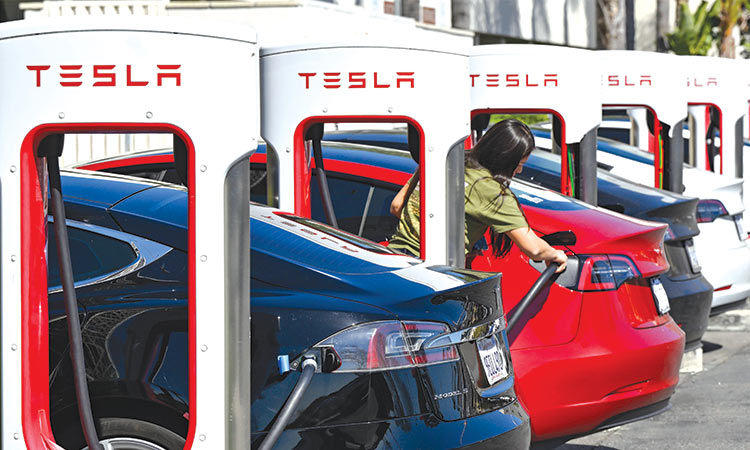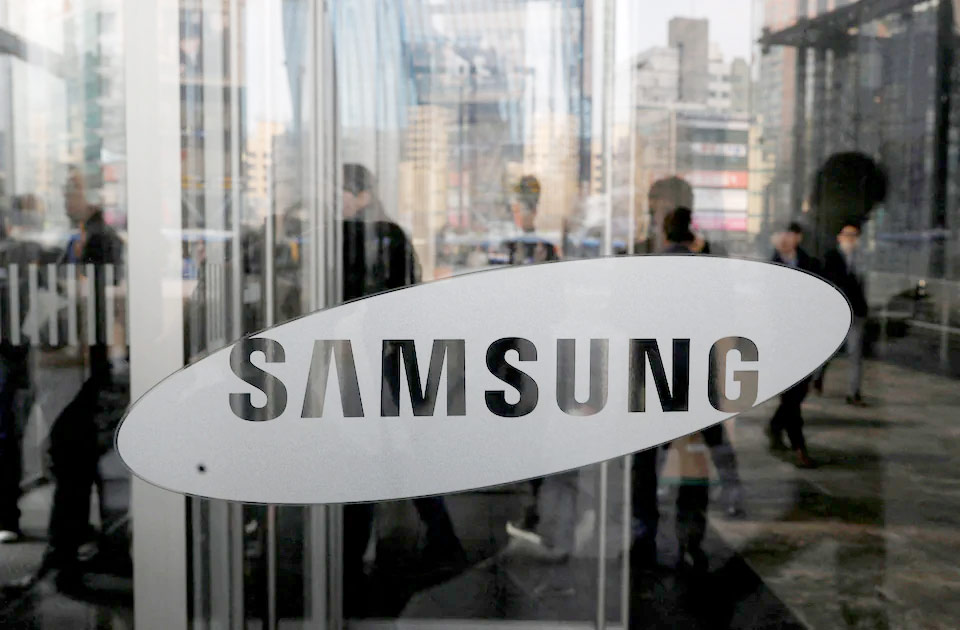BOJ keeps eye on risks although Japan posts positive output gap
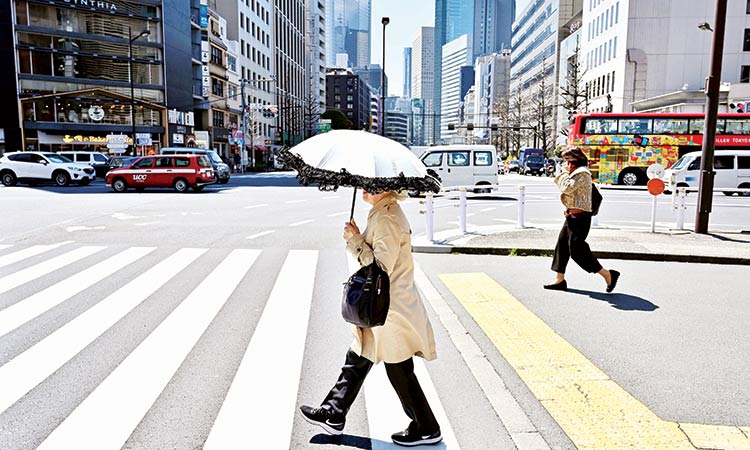
A view of Tokyo’s Ginza district. Agence France-Presse
But the Bank of Japan (BOJ) will likely maintain a dovish tone as heightening overseas risks threaten to derail the country’s export-reliant recovery, say sources familiar with its thinking.
The data, along with a BOJ survey showing a sharp deterioration in business sentiment, will be among factors the central bank will scrutinise in deciding whether to maintain its view that growth will rebound in the latter half of this year.
“The headwinds from China’s slowdown haven’t hurt capital expenditure yet,” one of the sources said on condition of anonymity. “But overseas developments, particularly on how China performs, will be key to whether the BOJ’s scenario holds.”
Japan’s output gap, which measures the difference between an economy’s actual and potential output, stood at plus 2.2 per cent in October-December, a BOJ estimate showed on Wednesday, staying positive for nine straight quarters.
It was wider than a 1.26 per cent gap in the previous quarter and the biggest positive gap since 1992, when Japan was still experiencing an asset-inflation “bubble” period.
A positive output gap occurs when actual output exceeds the economy’s full capacity, as factories and workers operate above their most efficient level to meet strong demand.
In theory, a growing positive output gap should lead to a build-up of inflationary pressure, though the BOJ has conceded that structural factors could keep price growth subdued for longer than expected.
Business confidence hit a two-year low in the March quarter, the BOJ’s “tankan” survey showed on Monday, underscoring concerns that Sino-U.S. trade tensions and softening global demand were taking a toll on the economy.
But many in the central bank feel Japan’s economy has not lost its momentum to accelerate inflation to its 2 per cent target, citing tankan figures pointing to resilience in capital expenditure plans, the sources say.
In March, the BOJ stuck to its view Japan’s economy was expanding moderately, clinging to hope that growth will pick up in the latter half of this year as global demand emerges from the doldrums.
Whether the second-half rebound scenario holds will be among key topics of debate at the April rate review, the sources said.
While some policymakers have signalled the need to ramp up stimulus to pre-empt risks, most in the nine-member board prefer to hold off on acting immediately given the rising cost of prolonged easing and a dearth of policy ammunition, they say.
Aside from reviewing policy, the BOJ will issue fresh quarterly economic growth and inflation projections at its rate review on April 24-25.
The BOJ faces a dilemma. Years of heavy money printing have dried up market liquidity and hurt commercial banks’ profits, highlighting the rising risks of prolonged easing.
And yet, subdued inflation has left the BOJ well behind its US and European counterparts in dialling back crisis-mode policies, and with a dearth of ammunition to battle any abrupt yen spike that could derail an export-driven economic recovery.
Meanwhile the Japan’s business mood slumped to a two-year low in the March quarter, a central bank survey showed, underscoring concerns that Sino-U.S. trade tensions and softening global demand were taking a toll on the export-reliant economy.
The gloom was most pronounced among big manufacturers, where sentiment soured at the fastest pace in more than six years, stoking fears that uncertainty over the global outlook could discourage companies from spending on wages and expenditure.
Separately on Monday, a private business survey showed manufacturing activity in Japan contracted for a second straight month in March, with output down at the sharpest rate in nearly three years.
The downbeat surveys bolstered the view that Prime Minister Shinzo Abe’s reflationary policy dubbed “Abenomics” is sputtering, keeping the Bank of Japan under pressure to maintain or even ramp up its massive stimulus programme, analysts say.
If external weakness spreads to relatively firm domestic demand, that would pressure Abe to forego the twice-delayed sales tax hike, scheduled for October as he focuses more on growth than fiscal reform.
“We see overall weak numbers and the outlook is worsening, reflecting the slowdown in Japan’s economy,” said Hiroshi Miyazaki, senior economist at Mitsubishi UFJ Morgan Stanley Securities.
“Eventually, the slowing economy will hurt employment, so there is a growing chance the BOJ will have to re-examine its policies,” he said.
The headline index for big manufacturers’ sentiment stood at plus 12 in March, worse than plus 19 marked three months ago and a median market forecast of plus 14, the BOJ’s closely-watched quarterly “tankan” survey showed on Monday.
The index hit the lowest level since March 2017 and fell at the fastest pace since December 2012, as manufacturers felt the pinch from slumping demand for electronics parts, automobiles and machinery goods, the survey showed.
The index for non-manufacturers fell to plus 21 from plus 24 in the December survey, hitting the lowest level since March 2017 and undershooting a market forecast of plus 22.
Reuters
